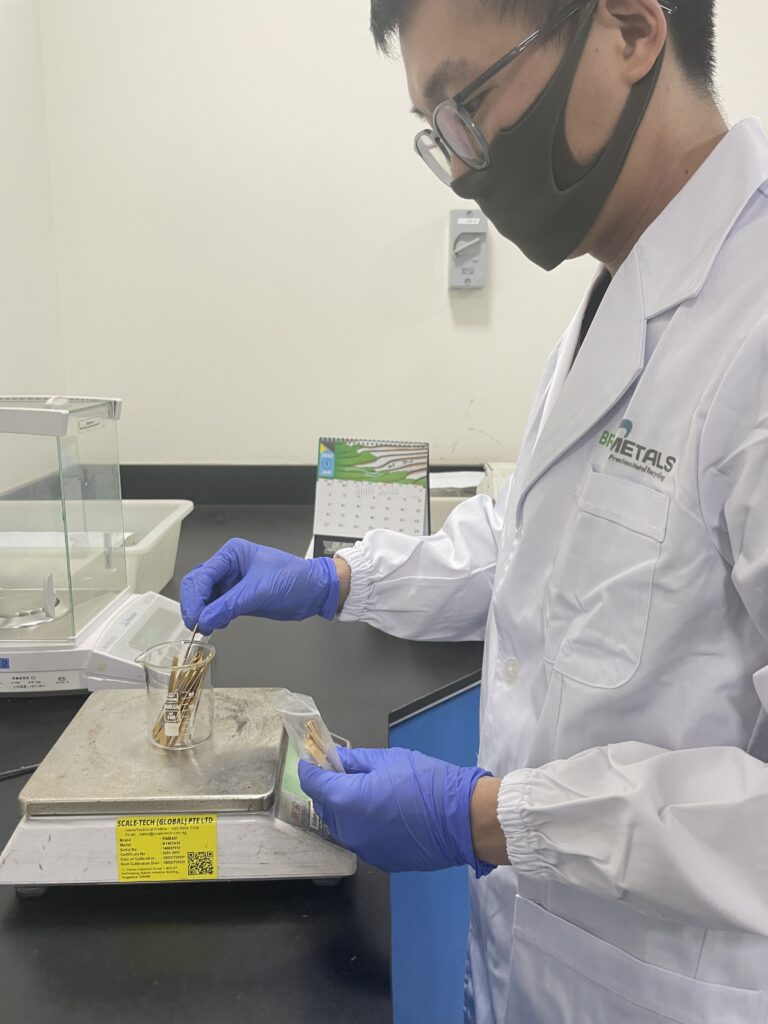
In today’s environmentally conscious world, the recovery of gold and silver from waste materials has become not just a matter of economic interest but also a significant step towards sustainability. This process not only presents an opportunity to reduce the environmental impact associated with the extraction and processing of raw materials but also offers a valuable pathway to reclaim these precious metals.
In this article, we delve into the various sources of waste that can yield gold and silver, highlighting our proven techniques used in their recovery and the benefits of these recycling efforts.
Sources of Gold and Silver in Waste
Electronic Waste (E-Waste)
One of the most prolific sources of gold and silver today is electronic waste. As consumer electronics become increasingly ubiquitous, the volume of discarded devices such as smartphones, computers, and televisions rises exponentially. These devices contain significant amounts of precious metals; it’s estimated that e-waste generates 50 times more gold per ton than traditional mining. Silver, along with gold, is used in the manufacturing of electrical contacts and circuit boards, making e-waste a treasure trove for recovery efforts. However, to make industrial scale recovery meaningful, volume is key.
Industrial By-Products
Industrial processes, especially those in the photography, electronics, and medical fields, often use gold and silver in various applications. The waste produced from these processes contains recoverable amounts of these metals. For instance, used X-ray films and photographic fixers are rich in silver, while certain industrial catalysts and sludges also contain gold.
Jewelry and Coinage Scrap
Old, broken, or unfashionable jewelry and coins are traditional sources of recyclable gold and silver. This category includes items that are no longer viable for sale or those considered scrap. Recycling these materials is a straightforward way to recover precious metals, reducing the need for new mining.
Techniques for Recovering Gold and Silver
Chemical Leaching
Chemical leaching is a common method used to extract gold and silver from e-waste and industrial by-products. Cyanide or other chemical solutions dissolve the precious metals from the waste material. However, due to the toxic nature of the chemicals used, this method poses environmental risks, pushing us to develop more sustainable solution that uses less acids without compromising on the recovery rate.
Electrolysis and Electrowinning
Electrolysis involves passing an electric current through a solution containing dissolved gold or silver, causing the metal to deposit onto a cathode. This method is highly effective for purifying and recovering precious metals from various waste streams, including industrial effluents.
Bioleaching
An emerging and more environmentally friendly technique, bioleaching uses microorganisms to extract precious metals from waste. Bacteria such as Thiobacillus ferrooxidans can metabolize the components of e-waste, releasing gold and silver in a form that can be easily recovered. This method offers a greener alternative to chemical leaching. However, the recovery rate for
The Benefits of Recycling Gold and Silver
Environmental Conservation
Recycling gold and silver from waste significantly reduces the environmental impact associated with mining. It decreases the need for land disturbance, water use, and chemical processing involved in traditional mining methods, helping to preserve natural resources and reduce pollution.
Economic Advantages
The recovery of precious metals from waste materials can be economically beneficial. It provides a cost-effective source of gold and silver for industries, reducing the reliance on mined metals and potentially stabilizing market prices.
Sustainability and Ethical Sourcing
Recycling precious metals contributes to sustainability in the jewelry and electronics industries. It promotes ethical sourcing practices by reducing the demand for metals mined under conditions that may exploit workers and harm local communities.
The recovery of gold and silver from waste is a shining example of how technological innovation and environmental responsibility can go hand in hand. By turning to sources of waste as a means of reclaiming precious metals, we not only mitigate the environmental impact of mining but also open new economic opportunities. As technologies evolve and awareness grows, the recycling of gold and silver stands as a testament to our collective effort towards a more sustainable and ethical future.





